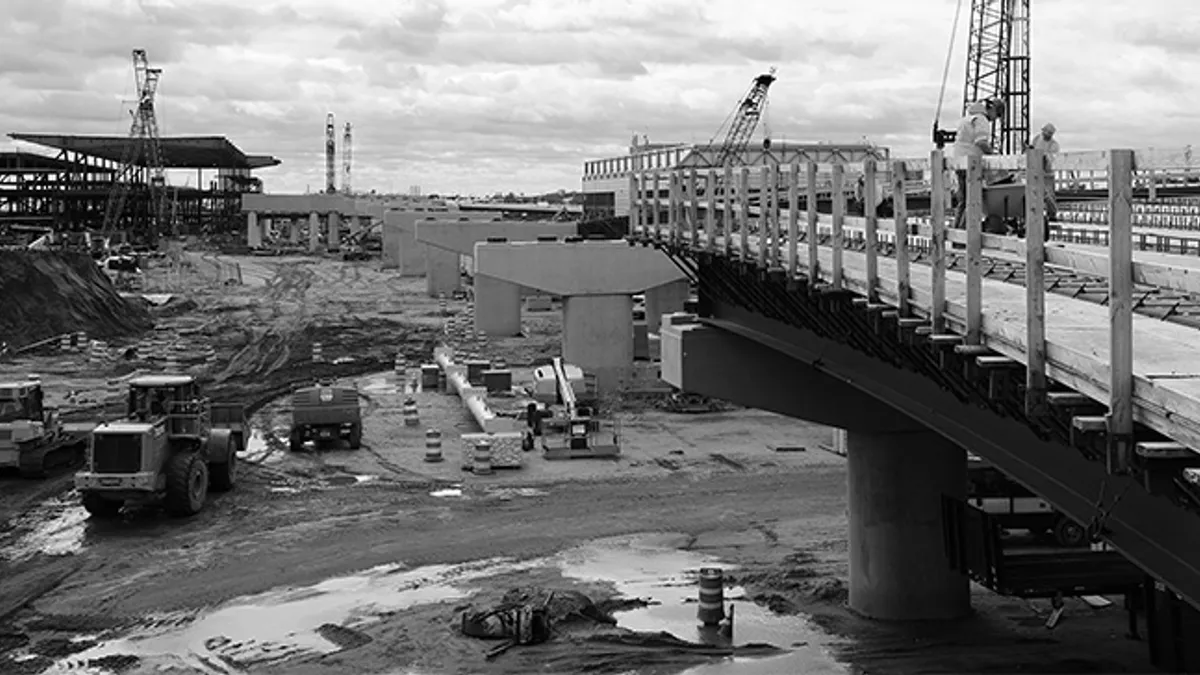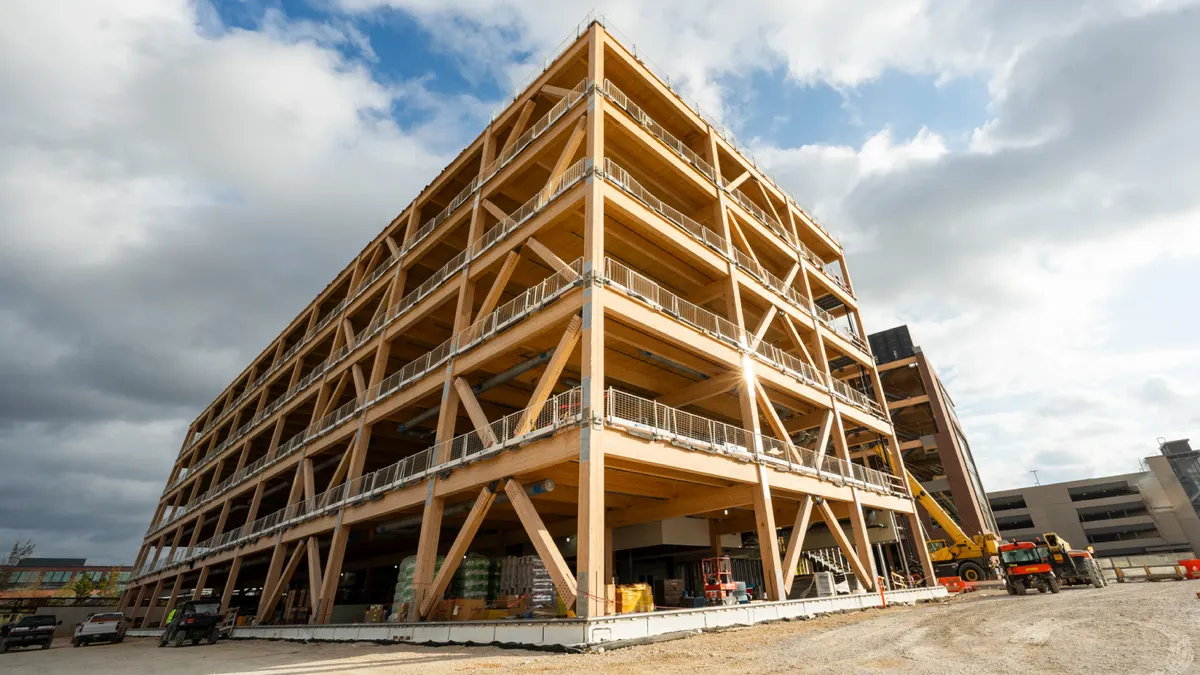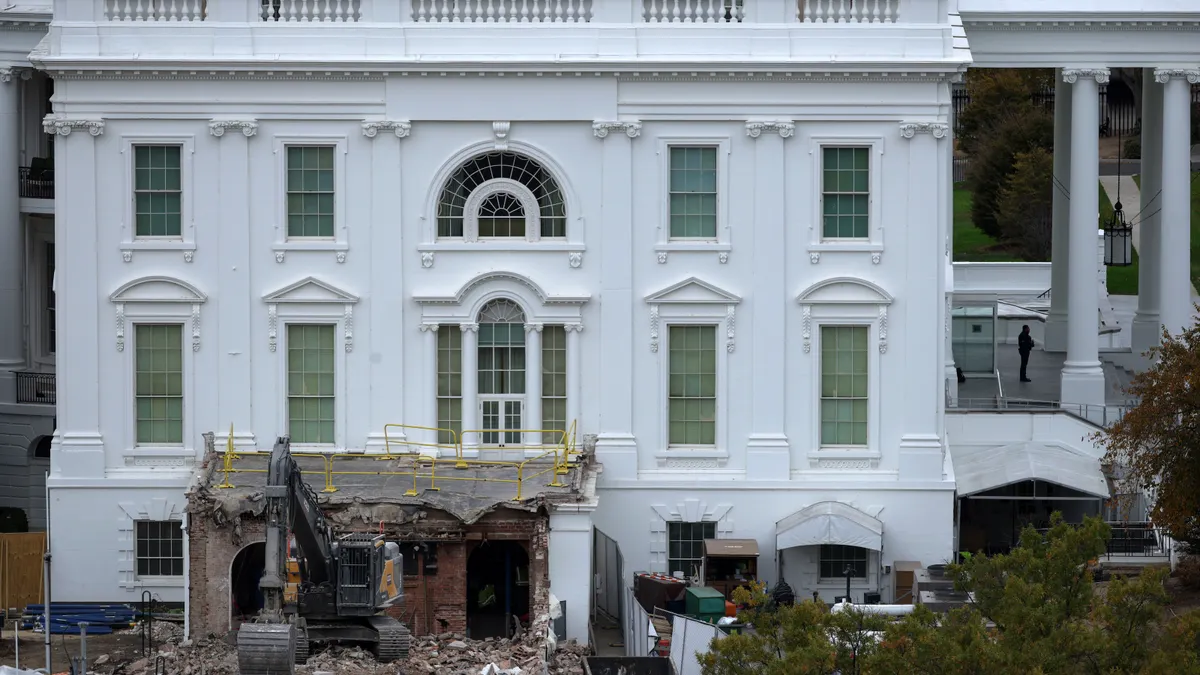Contractors struggle with maintenance, utilization monitoring, scheduling, forecasting, dispatching and logistical inefficiencies, but they don’t have to. With automated equipment management and resource scheduling, they will improve visibility and communication, and save time and money.
Operating, maintaining, mobilizing and dispatching equipment is part of every construction company’s daily routine. While current construction technology has made equipment location tracking possible, many contractors stop there. Owning and managing a mixed fleet of assets is complex, and it goes way beyond each asset’s physical location. It’s vital that contractors go beyond tracking and set their focus on a total equipment management system that is focused on the whole picture of equipment ownership and operation. Technology in the modern industry allows contractors to leverage software that is inclusive of all the workflows involved for all parties in a construction business on a single platform for better visibility and communication, fuller solutions and all-around efficiencies.
Inefficiencies without Automated Equipment and Resource Management
People in the field, shop and office are all part of the equipment ownership and operations process including the acquisition, use and logistics of equipment across operations and business locations. Without an automated system to help keep these team members connected, beyond the simple visibility of where stuff is, multiple inefficiencies are the reality across multiple different workflows.
Equipment and logistics managers need an automated system to help facilitate the process of sending resources to appropriate sites. The industry faces a chronic issue of unclosed loops with the field (i.e., project teams, operators, laborers, foreman, crews, etc.), which can lead to very expensive (or even unsafe) mistakes, oversights and/or costly schedule impacts. They also need to know how equipment already deployed in the field is being utilized so they can understand what is truly needed and being used on one jobsite to decide whether a machine can be better leveraged on another.
Project teams typically don’t get confirmation or hear back on their requests for resources. This leaves them in the dark about when resources will arrive onsite, if there was a delay, or if something they need is down for maintenance and they need to request a rental, all of which has a huge impact on executing key operations and critical path scopes.
Operations and project finance personnel need visibility into existing equipment schedules and upcoming project needs to help determine their two-week look-aheads and project forecasting. Otherwise, they face curve-balls around available resources to outfit projects and risk operational delays due to inefficient scheduling and resource allocation, plus supply chain challenges when external resources aren’t acquired early enough. They also need to know when machines are no longer being utilized on the ground so they can find opportunities to get unneeded assets off the balance sheet.
What Contractors Need in an Equipment and Resource Management Solution
Two key aspects are needed in an ideal construction equipment and resource management solution:
- Automation to replace inefficiencies created by human error-prone paper-based methods, manual uploading and missed/infrequent phone calls
- Clear visibility into requests, statuses, schedules, updates and key details in a single view
The trouble with existing equipment and resource management systems on the market is that they are not truly built for construction workflows with use cases for the multiple different relevant users. Many existing products are siloed in ways that most (if not all) inputs are analog, offline and/or manual and only cater to one user type, leaving other people that are part of the process disconnected and/or without a solution.
Total equipment and resource management not only improves daily workflows for the field and the shop, but it also benefits the project operations and finance personnel with the ability to accurately forecast what will be needed for future projects and make informed decisions about maintenance scheduling, resource allocation or external resource needs in advance. This avoids costly delays when projects ramp up and needed resources aren’t available. Equipment management is highly complex and automating, and streamlining processes benefits everyone involved.
What to Look for in a Total Equipment and Resource Management Solution
Look for a total equipment management solution that is construction focused and goes far beyond simple location tracking. Look for a system that leverages other tracker data for multiple other purposes and provides construction-focused solutions to other equipment related challenges your team and your business have.
Interested in learning more about improving your equipment management, maintenance, safety, logistics, scheduling and dispatch processes across your key roles? Contact Tenna to streamline and simplify this process for your team.






